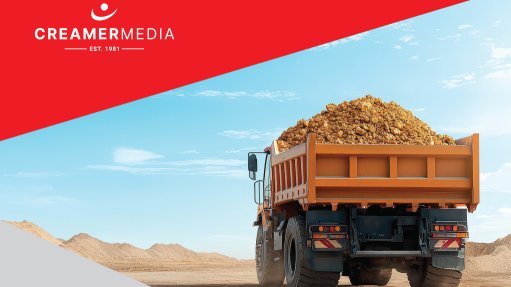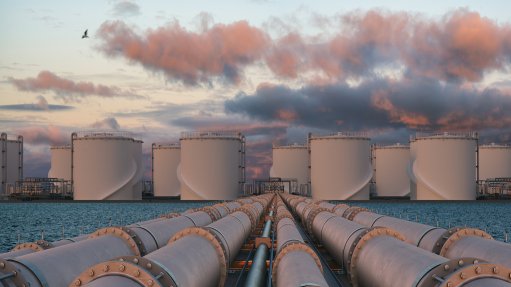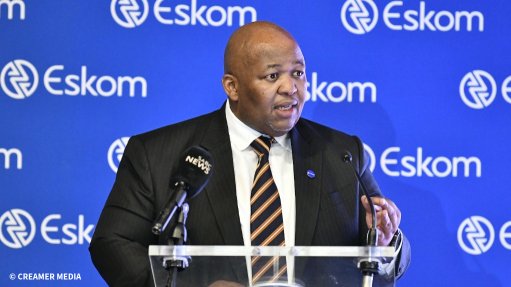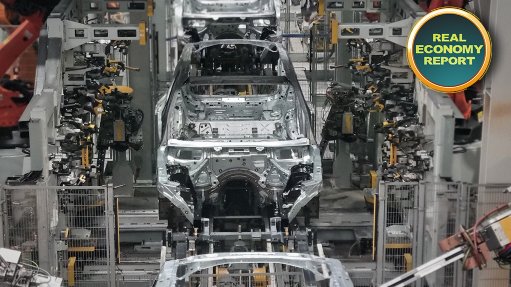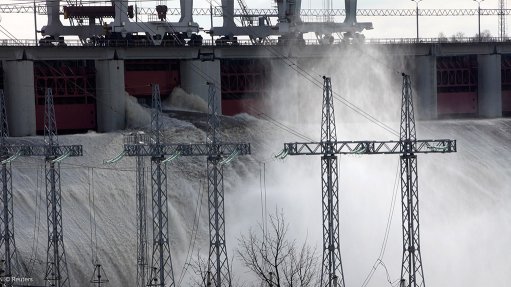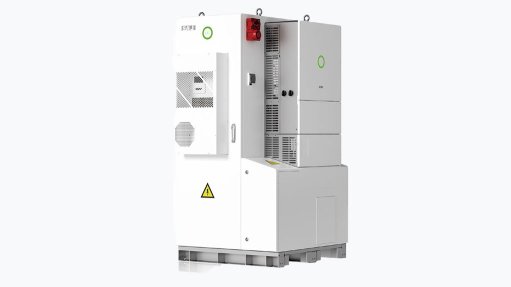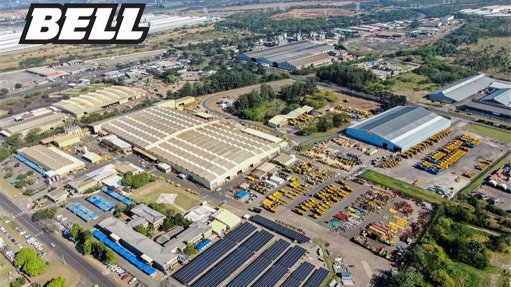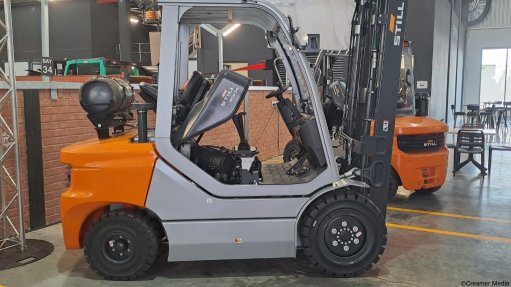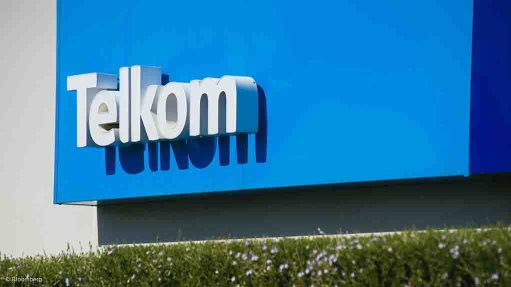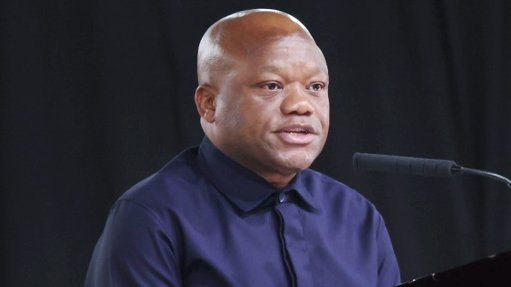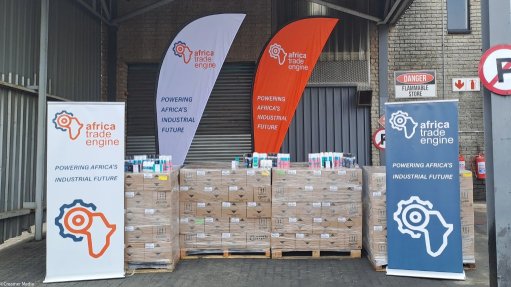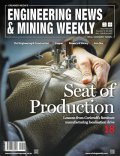Closing the theory and practice gap in geometallurgy
This article has been supplied.
By: Prof. Glen Nwaila - Associate Professor and Deputy Head of School, Geosciences | University of the Witwatersrand, Director of the African Research Centre in Ore Systems Science (CORES)
(Virtual Showroom) Geometallurgy is having a moment, and it is long overdue. For years we have treated it as an optional extra, a study to be commissioned when a project requires market appraisal or when reconciliation gaps become too glaring to ignore. Yet, almost every pain point that keeps our mining and minerals sector awake at night has geometallurgical fingerprints. From throughput volatility, rising energy intensity, stubborn recovery gaps in legacy tailings, water stress, reagent consumption to carbon commitments that never quite match the glossy plan, geometallurgy encompasses all of these factors. It also shapes community expectations, which escalate when promised benefits do not materialise. And it explains why capital projects clear stage gates on simple averages yet confront the messy reality of non-average ore once built. Geometallurgy is not a sub-discipline to be called in for forensic analysis after the fact; it is the operating system that should govern how we plan, design and run mines in a world that demands both performance and accountability.
Consider tailings reprocessing, which looks straightforward, but rarely is. Across many operations, historical tailings deliver less than 50% recovery. Even the so-called tailings from free-milling ores are often under-characterised, and most hydrometallurgy plants struggle to exceed 65% recovery from tailings. These numbers are not a footnote. They are a symptom of treating geometallurgy as optional and of designing flowsheets around bulk chemistry alone. Recovery is a systems property, not a reagent setting. Mineral association, texture, particle size distribution, reactive gangue, sulphide passivation, solution speciation, pH and oxidant control, temperature and residence time all interact, and they do not add linearly. Two samples with the same average grade can and do behave differently because texture, intergrowths and mineral group species change the deportment. Bulk ore averages hide risk. If we continue to engineer to the central tendency (e.g., arithmetic mean), we will continue to be surprised by the product quality.
Mineral texture deserves special attention, because it is often invoked and seldom defined. By texture in a geometallurgical sense I mean the multi-scale spatial arrangement of minerals and their boundaries, which governs liberation, surface exposure and kinetics. In practical terms, texture includes at least: grain size, grain shape and preferred orientation; intergrowths and interlocking; boundary complexity and roughness; inclusions and exsolutions; porosity and microfractures; and surface coatings or rims formed by weathering or processing. Quantifying these is not trivial. Challenges include stereological bias when translating two-dimensional sections to three-dimensional reality, sampling representativity, segmentation and threshold choices in automated mineralogy, resolution limits for sub-micron mineral of interest and delicate sulphide and phyllosilicate rims, and polishing or sectioning artefacts that create false exposures. These measurement realities must be acknowledged in models and in the confidence we place on predictions. A textured orebody is not a cartoon; it is a set of interacting distributions. Studies that separate “structural” textures such as grain size and orientation from “stationary” textures such as mineral associations and boundary types remind us that multiple textural families matter for liberation and process response, not just a single size metric.
If we ask why the industry still leans on grade and tonnage curves as primary performance diagnostics and drivers, the answer is cultural as much as technical. Grade and tonnage are legible. They sit comfortably in mineral resources and mineral reserves block models and cash-flow spreadsheets. They travel well through boardrooms and are easy to linearly link to specific operational key performance indicators (KPIs). The problem is that they are not sufficient statistics for value. A grade–tonnage curve often ignores mining geometry, access sequencing and process non-linearities. It sets expectations on a single dimension and then hands that expectation to a plant that lives in many dimensions. The literature has long cautioned that grade–tonnage curves calculated on mineral resource models without mineable constraints or process behaviour can mislead decision-makers; they are not wrong, merely incomplete. Using them without equally visible distributions for grindability, recovery, acid consumption, water use and emissions exposes projects to surprises that look like bad luck, but are predictable from ore characteristics.
The core risk is the widening gap between theory and practice. We talk about mine-to-mill integration and stochastic mine planning, yet daily work stays partitioned by disciplines. Mineral resource managers deliver tonnes and grade based on mine schedules while plants inherit feeds that look steady on paper and volatile in the hoppers, mills and concentrators. Tests that are geometallurgical in scope are still labelled metallurgical and remain detached from domains, spatial continuity and block models. The costs for this are measurable. Recoveries, throughput and unit consumptions swing with mineralogy, lithology, deleterious elements, and physical properties. Feed size with hardness can move throughput by >15%. Unmapped variability becomes a financial variable. We need to give close the gap between theory and practice. Wire results into the block model and make the plant a co-owner of geometallurgy models. Modernise sampling and sensing and build the data plumbing system. Link sustainability practices to ore properties and operating choices.
What message should stakeholders take to the Geometallurgy Conference in October
Future readiness is not just about sensors and data; it is a set of habits that close the theory–practice gap. Build your geometallurgical data cube early and keep it live. Rename and rescope “metallurgical testwork” when it is, in fact, geometallurgical, and wire it to domains and block models. Couple predictive and experimental work so that models are grounded in mechanism and tests are guided by prediction. Demand explainability so that people can act on model outputs with confidence. Optimise the system as a system, from drilling pattern and blast energy through grinding, classification and flotation or leaching, to product specification and residue management. Price uncertainty honestly and choose designs and schedules on distributions, not single points. Treat tailings and waste as part of the circuit and not as a moral afterthought. Above all, make the work visible and auditable so that society can see that we are not simply promising different outcomes with the same habits.
If you are a Mineral Resource or Ore Reserve Manager, ask whether your models predict the properties the plant actually experiences, not only grade. If you are a Technical Services Manager, ask which operating rules were adjusted based on explainable, ore-specific recommendations rather than trial and error. If you are a plant metallurgist, ask whether your investigations feed back into the orebody model or only into the weekly report. If you are a regulator or investor, ask to see the uncertainty bands and the logic that connects geology to outcomes. If you are early in your career, take heart. This is an unusually open frontier where disciplined curiosity is welcome and where your work can move the needle quickly.
The prize is bigger than better feasibility studies. It is a mining industry that is measurably more efficient and more trustworthy. It is plants that deliver their promised recoveries with lower energy and water intensity because they are designed around how the ore actually behaves. It is tailings facilities that are smaller and safer because more value is recovered the first time and residues are engineered with the same care as products. It is communities who see that commitments are grounded in evidence that they can inspect. It is geoscience, metallurgy, mining, environmental sciences, resource policy and mining finance integrated in practice rather than in conference slides. None of this will be easy, and not everyone will agree on methods, which is healthy. The non-negotiable is openness. Geometallurgy will help the industry meet its moment if we make it explainable, auditable, rewarding and shared.
Article Enquiry
Email Article
Save Article
Feedback
To advertise email advertising@creamermedia.co.za or click here
Comments
Announcements
What's On
Subscribe to improve your user experience...
Option 1 (equivalent of R125 a month):
Receive a weekly copy of Creamer Media's Engineering News & Mining Weekly magazine
(print copy for those in South Africa and e-magazine for those outside of South Africa)
Receive daily email newsletters
Access to full search results
Access archive of magazine back copies
Access to Projects in Progress
Access to ONE Research Report of your choice in PDF format
Option 2 (equivalent of R375 a month):
All benefits from Option 1
PLUS
Access to Creamer Media's Research Channel Africa for ALL Research Reports, in PDF format, on various industrial and mining sectors
including Electricity; Water; Energy Transition; Hydrogen; Roads, Rail and Ports; Coal; Gold; Platinum; Battery Metals; etc.
Already a subscriber?
Forgotten your password?
Receive weekly copy of Creamer Media's Engineering News & Mining Weekly magazine (print copy for those in South Africa and e-magazine for those outside of South Africa)
➕
Recieve daily email newsletters
➕
Access to full search results
➕
Access archive of magazine back copies
➕
Access to Projects in Progress
➕
Access to ONE Research Report of your choice in PDF format
RESEARCH CHANNEL AFRICA
R4500 (equivalent of R375 a month)
SUBSCRIBEAll benefits from Option 1
➕
Access to Creamer Media's Research Channel Africa for ALL Research Reports on various industrial and mining sectors, in PDF format, including on:
Electricity
➕
Water
➕
Energy Transition
➕
Hydrogen
➕
Roads, Rail and Ports
➕
Coal
➕
Gold
➕
Platinum
➕
Battery Metals
➕
etc.
Receive all benefits from Option 1 or Option 2 delivered to numerous people at your company
➕
Multiple User names and Passwords for simultaneous log-ins
➕
Intranet integration access to all in your organisation





